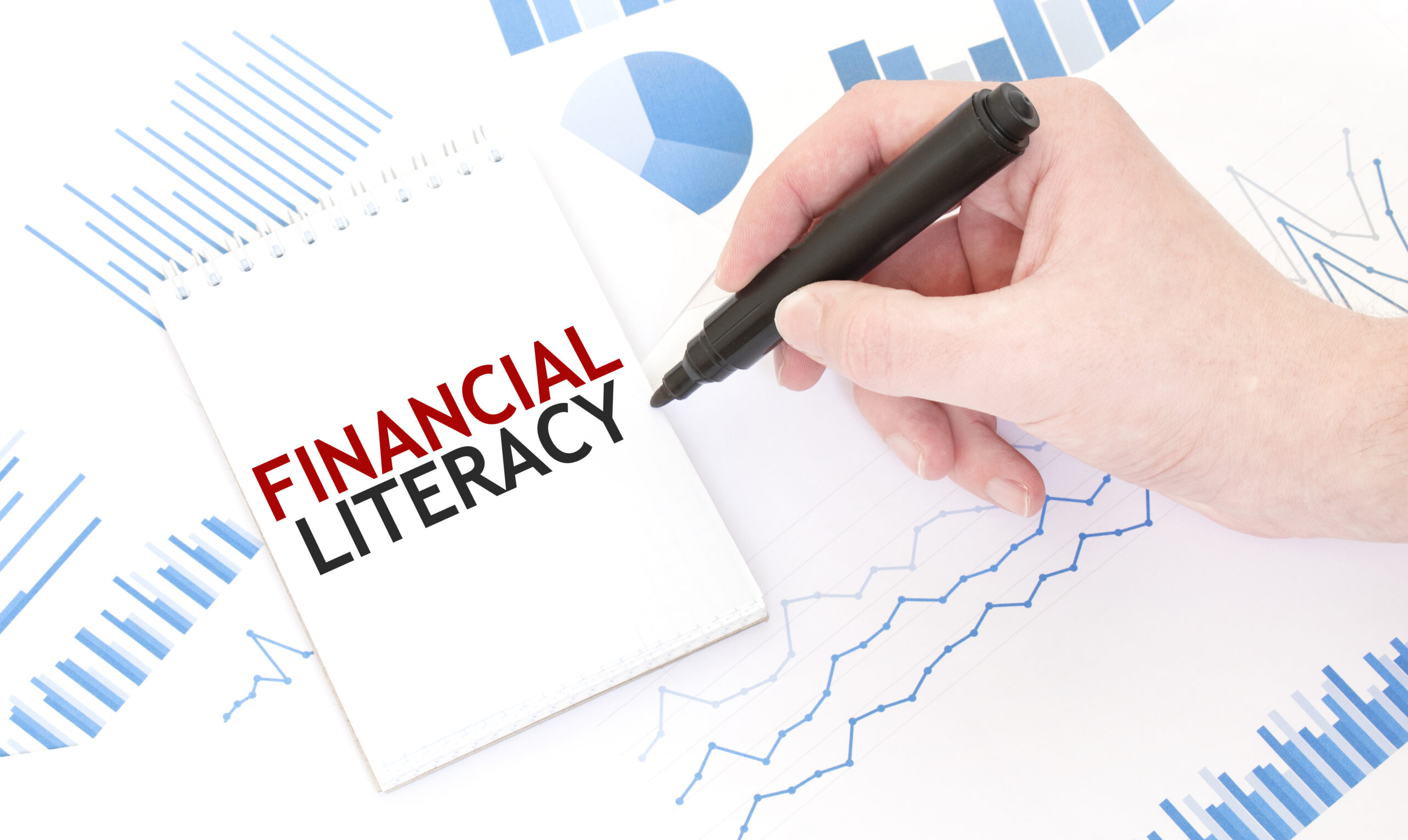One of the most crucial aspects of running a successful business is pricing. Pricing is an important aspect of your marketing plan, whether you’re selling items or services, because it may help you sell more and produce more income. In this article we’ll go through 12 pricing tactics that can help you sell more.
Price based on value is the first pricing strategy.
When it comes to pricing, one of the most important things to remember is to base them on the value that your products or services bring to customers. Set prices that aren’t solely dependent on the cost of producing or delivering the goods or service. Instead, consider how much value your product or service will provide to the customer. This could be in the form of better performance, cost savings, or convenience. Set a price that reflects the value your product or service delivers once you’ve evaluated its worth.
Use Bundling and Packaging Deals as a Second Pricing Strategy
Bundling and packaging deals is another approach to boost your earnings. This can be accomplished in a variety of ways, but the fundamental concept is to combine numerous items or services into a single package. Offer a discount if you buy more than one of these goods at once when selling this package.
Offer volume discounts for large purchases as a third pricing strategy
Offering volume discounts for significant purchases is another pricing approach to consider when selling anything. Customers can save money with each subsequent purchase made within the set term if they buy particular quantities of what is being sold (i.e., $x amount will gain them $y discount) (usually between 30-90 days). If you’re looking for pricing ideas to assist you successfully determine a price point for your product or service, look no further.
Fixed Pricing is the fourth pricing strategy
Fixed price is one of the most straightforward pricing schemes. You set a price for your goods or service and don’t adjust it regardless of what happens. If you want to keep control of your rates and avoid having to deal with discounts or arguing with customers, this is a fantastic method to use. However, if demand for your product or service is great, it may limit your earning potential.
Demand-Based Pricing is the fifth pricing strategy
Businesses that provide items or services with fluctuating degrees of demand frequently employ demand-based pricing. You charge varying prices based on how much demand there is for your product or service with this method. You might, for example, charge more for a product or service during peak demand periods. This method can help you maximize your revenue potential by charging higher prices for high-demand items and services.
Loss Leader Pricing is the sixth pricing strategy
A common pricing approach used by firms to attract new clients is loss leader pricing. This method involves offering one or more of your items or services at a discount to stimulate interest and encourage customers to purchase them. You hope to upsell them on other items or services once they’ve purchased your product or service. This can be a good approach to attract new clients but you must be careful not to lose money on too many of your items or services.
Psychological Pricing is the seventh pricing strategy
Psychological pricing is a common pricing approach that employs psychological triggers to persuade customers to purchase your product or service. To make it appear like a better value, utilise pricing that end in 95 cents, 99 cents, or $99 with this method. To achieve the same effect, use odd numbers instead of even numbers. This method works because it appeals to people’s desire to save money and avoid paying more than necessary.
Bundle Pricing is the eighth pricing strategy
Another common pricing method used by firms to sell more products or services is bundle pricing. With this technique, you provide a bundle of items or services to your clients for a single price. Customers can then select the package they want to purchase and pay for it all at once. Consumers like having more value for less money than if they bought each product separately, therefore this is a common approach to sell more.
Penetration Pricing is the ninth pricing strategy
Penetration pricing is a price approach that companies employ to obtain market share in new markets. This technique is selling your goods or service for a very low price in order to attract more clients. As the demand for your product or service develops, you progressively raise the price. This method can be dangerous since you risk not making any money on your product or service if demand does not increase sufficiently. It can, however, be an efficient approach to swiftly build market share and establish oneself as an industry leader.
Scarcity Pricing is the tenth pricing strategy
Scarcity pricing is a common pricing technique that relies on the concept of scarcity to persuade buyers to purchase your goods or service. By stating that there are only a limited amount of products or services available, you can generate a sense of urgency. This can be a good strategy to convince people to buy your goods or service before it’s too late. However, if you apply this method too frequently, it will lose its potency.
Price Skimming is the eleventh pricing strategy
Price skimming is a common pricing practice employed by companies to increase profits. This technique is charging a very high price for your product or service at first in order to rake in as much cash as possible from early adopters. You drop the price to attract more mainstream customers after the early adopters have paid your high price. Because you gain a lot from early adopters before having to decrease rates for everyone else, this can be a good method to maximize your revenues.
Psychological Pricing is the 12th pricing strategy
Psychological pricing is a common corporate method for influencing people’s purchasing behavior and generating more sales with larger profit margins. You employ psychological triggers like odd numbers instead of even numbers, or terms like “limited time offer” or “introductory offer” in this method. This will have a subliminal influence on your customer, making them far more inclined to buy your items or services than if they were not given these options during the decision-making process.
Conclusion: The more data you have on your clients the more prepared you will be to price your products. It’s easier for marketers to figure out what methods work best in different situations if they understand how people think and why they make purchasing decisions. This means you should consider incorporating these ideas into your marketing approach if you want to increase sales with minimal effort.


